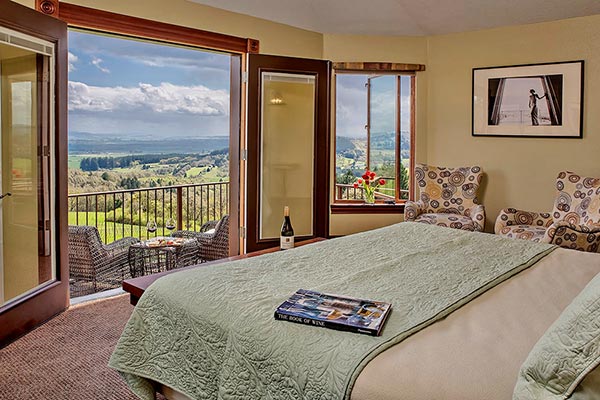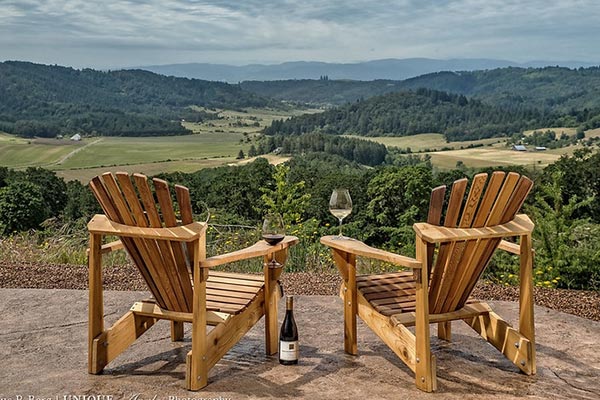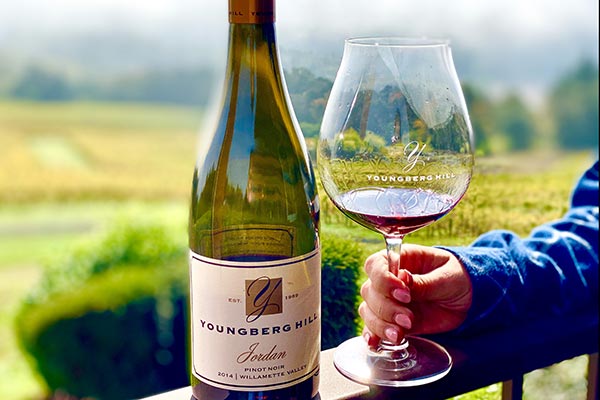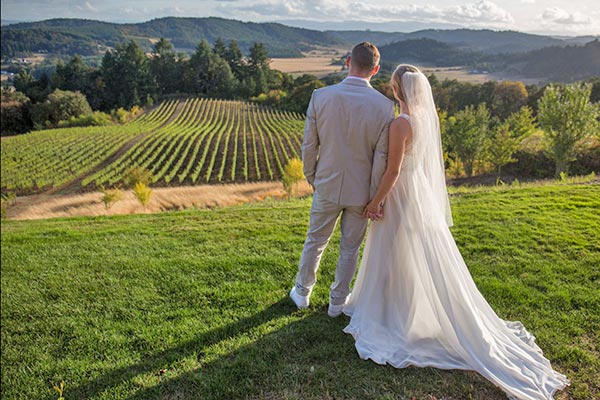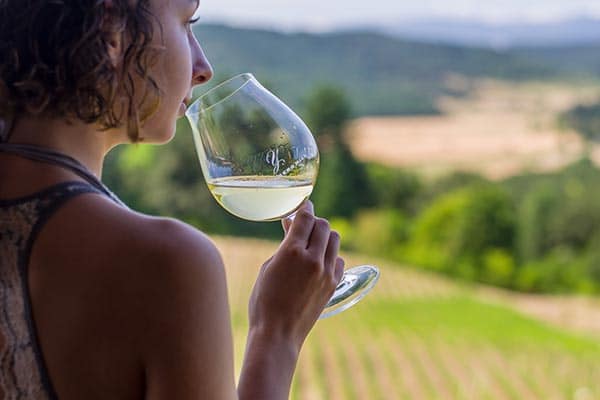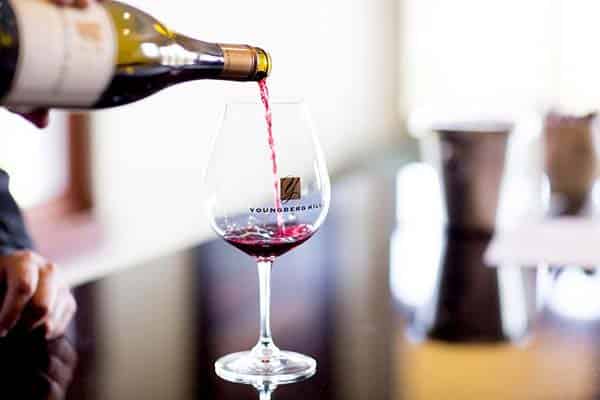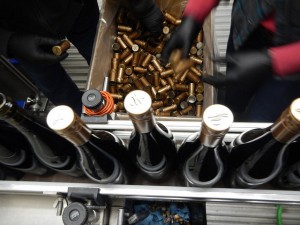 Patience is the keyword in making wine. One has to let it sit in barrels and go through the fermentation process until it is clarified enough for bottling. Even when the wine has clarified to a point where wine bottling is the next step, the process cannot occur for a few days. One must first rack the wine, let it settle for a again, and then go into the bottling process.
Patience is the keyword in making wine. One has to let it sit in barrels and go through the fermentation process until it is clarified enough for bottling. Even when the wine has clarified to a point where wine bottling is the next step, the process cannot occur for a few days. One must first rack the wine, let it settle for a again, and then go into the bottling process.
Youngberg Hill is a relatively small winery. This means that our winemaking process is tightly controlled and monitored. The precise moment the wine is ready for bottling can be pinpointed and bottling can start very rapidly.
The concept of bottling seems pretty simple. You are putting the wine into a bottle for further aging or for sale. Because wine reacts chemically with air, this process is a little more complicated than filling a bottle with water or some other liquid. We try to allow very little air into the bottle while it is being filled. However, a minute amount of air is needed so that the bottle can handle temperature changes and so that the wine aging process can continue to occur.
After wine bottles are filled, they should be corked or capped promptly. When wine bottles are freshly filled they need to remain standing for a few days to allow any inside pressures to equalize. After a few days though, wine bottles should be stored on their sides in a cool cellar.
Wine doesn’t stop aging once it is out of the barrel. Some wines benefit from bottle aging. Others are drinkable right away. You can often find recommendations about drinkability in the tasting notes of a particular wine. You can find out tasting notes here.
Do you want to find out more about the winemaking process? Contact us or visit us!


